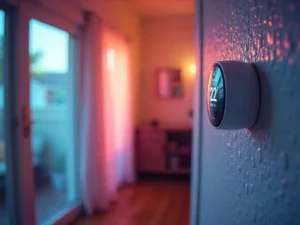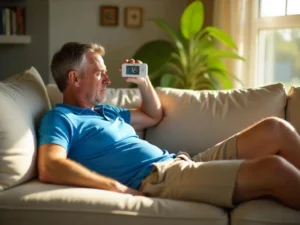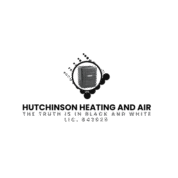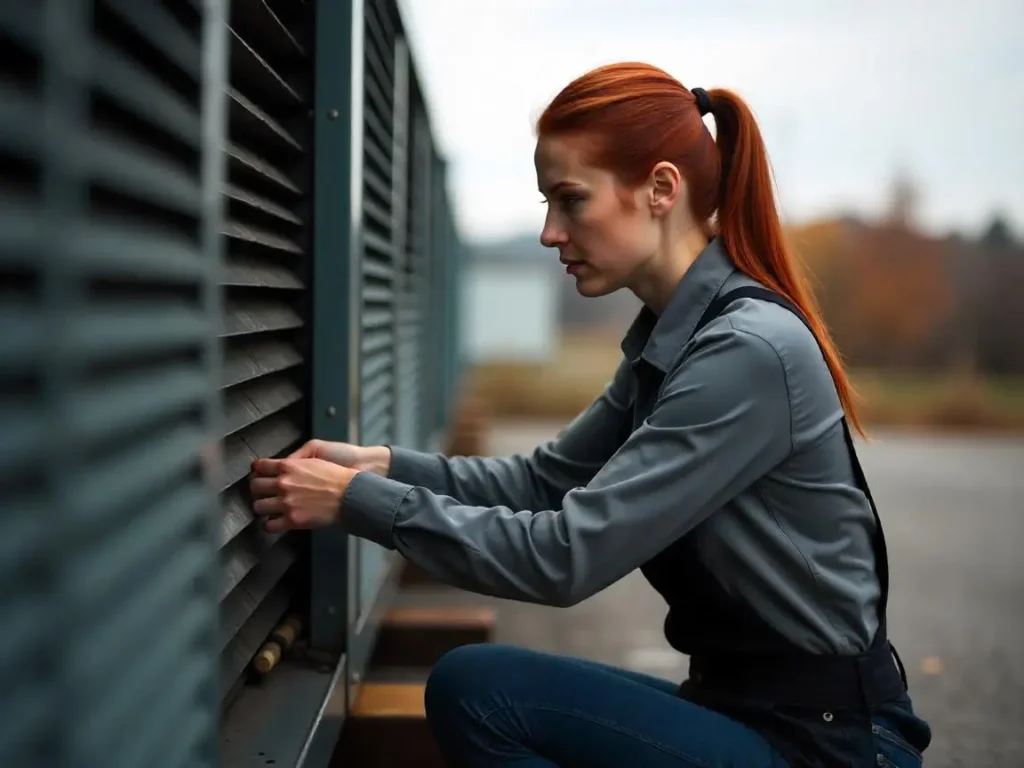After an AC repair, most homes in Murrieta and Temecula begin cooling within 30 minutes to 3 hours, with full temperature stabilization taking up to 24 hours during extreme heat waves. This timeline hinges on five key factors: repair complexity, system capacity, thermal load, ductwork efficiency, and outdoor temperatures. Below, we break down the science behind post-repair cooling and share actionable tips to speed up the process while protecting your HVAC system.
Why Cooling Times Vary After Air Conditioning Repairs

AC System Downtime and Thermal Mass Impact
When your air conditioning system is offline, your home’s structure absorbs heat like a sponge.
- Short outages (<12 hours): After minor repairs like thermostat calibration, homes often cool within 30–60 minutes since walls and furniture retain minimal heat.
- Moderate outages (12–24 hours): Common after capacitor replacements, these require 1–3 hours as thermal mass in drywall and flooring releases stored warmth.
- Extended outages (>24 hours): Major repairs like compressor replacements may demand 3+ hours in summer, especially if indoor temps exceeded 85°F.
For example, a Murrieta homeowner reported needing 4.5 hours to cool their 1,800 sq ft home after a 36-hour outage during a July heatwave. Technicians recommend setting thermostats 5°F below current temps initially to avoid overtaxing the system.
AC Unit Sizing and Cooling Capacity Mismatches
Your system’s tonnage directly impacts post-repair performance:
- Properly sized units: A 3-ton AC cooling 1,800 sq ft typically stabilizes temps in 1–2 hours after repairs.
- Undersized systems: A 2-ton unit in a 2,000 sq ft Temecula home may run nonstop for 5+ hours, struggling against heat gain.
- Oversized compressors: While powerful, oversized ACs short-cycle, failing to dehumidify air. This creates a sticky, uneven coolness despite faster initial drops.
Local case study: After replacing a failed compressor, a Murrieta resident’s 4-ton unit took 2 hours to cool their 2,200 sq ft home vs. a neighbor’s undersized system requiring 6 hours.
Repair Type and System Recalibration Needs
Complex repairs often require additional recalibration time:
| Repair Type | Average Cooling Time | Key Considerations |
| Thermostat calibration | 30–60 minutes1 | Quick recalibration with minimal downtime. |
| Refrigerant recharge | 1–2 hours1 | Requires 24-hour pressure testing for leaks. |
| Compressor replacement | 3–5 hours6 | New compressors need 1–2 hours to stabilize. |
After compressor repairs, refrigerant lines require 30–60 minutes to equalize pressure, while smart thermostats may need reprogramming to avoid overworking components.
5 Proven Strategies to Accelerate Post-Repair Cooling

Optimize Airflow and Reduce Heat Sources
- Replace filters monthly: Clogged filters slash airflow by 50%, adding 20–30% longer cooling times. Use pleated MERV 8–11 filters.
- Seal duct leaks: Leaky ducts waste 30% of cooled air. Hutchinson’s technicians find 25% of Murrieta homes have significant duct leaks.
- Close window coverings: Blinds block 45% of solar heat gain, cutting cooling loads by 15–20%.
Smart Thermostat Programming
- Staged cooling: Lower settings by 2–3°F every 30 minutes instead of drastic drops.
- Geofencing: Nest and Ecobee adjust cooling when you’re 30 minutes from home.
Professional Post-Repair Maintenance
- Refrigerant checks: Improper levels after repairs can increase cooling times by 40%.
- Coil cleaning: Dust on evaporator coils reduces efficiency by 25%.
Why Your AC Might Still Struggle After Repairs

Hidden Post-Repair Issues
- Residual refrigerant leaks: Small leaks post-repair can reduce cooling capacity by 15%.
- Electrical gremlins: Loose wiring or failing contactors cause intermittent operation.
Extreme Temecula Summer Conditions
With August highs averaging 91.8°F, ACs work 35% harder to maintain 75°F indoors. During 100°F days, expect cooling times to double.
Aging Equipment Limitations
Systems over 10 years old lose 15–20% efficiency annually. Upgrading to a SEER 16+ unit can cut cooling times by 25%.
You can also read: Do You Tip AC Repair Guy?
Reliable AC Repair Services to Get Your Home Cooling Fast
If your home is taking a long time to cool after an AC repair, it’s time to call the experts who can fix the problem right the first time. At Hutchinson Heating and Air, we specialize in fast, efficient AC repair services in Murrieta that restore your system’s cooling power quickly and reliably.
Whether it’s an issue with the ac compressor cooling function, refrigerant leaks, or electrical faults causing your ac unit to take a long time to cool, our skilled technicians diagnose and resolve the root cause. We understand how frustrating it is when your home stays warm for hours after a repair, so we focus on quality repairs that bring your air conditioning back to peak performance.
With our professional air conditioning repair services, you can expect:

- Prompt response and same-day repairs
- Thorough system checks to prevent recurring issues
- Honest advice on maintenance to keep your AC running efficiently
Don’t wait for your house to stay hot longer than it should. Contact us today for trusted AC Repair Services in Murrieta and enjoy cool, comfortable indoor air without the wait.
Conclusion
While urgent cooling is tempting after AC repairs, patience preserves your system’s health. Rushing the process risks frozen coils or compressor failure – costly issues in Riverside County’s harsh summers. For Murrieta and Temecula homeowners, Hutchinson Heating and Air combines 24/7 emergency repairs with precision load calculations and duct sealing for faster, safer cooling.
FAQs
Why is my AC taking 4+ hours to cool after repair?
Extended cooling often signals undersized equipment, duct leaks, or low refrigerant. Schedule a load calculation and blower door test.
Can a dirty filter affect cooling speed post-repair?
Yes. Filters clogged with Temecula’s pollen and dust restrict airflow, forcing compressors to run 50% longer.
How long should the compressor run after repairs?
Normal cycles last 15–20 minutes. Continuous 40+ minute runs indicate low refrigerant or dirty coils.
Why is one room still hot after AC repair?
Duct obstructions or closed dampers cause imbalanced airflow. Ask technicians to test static pressure.









